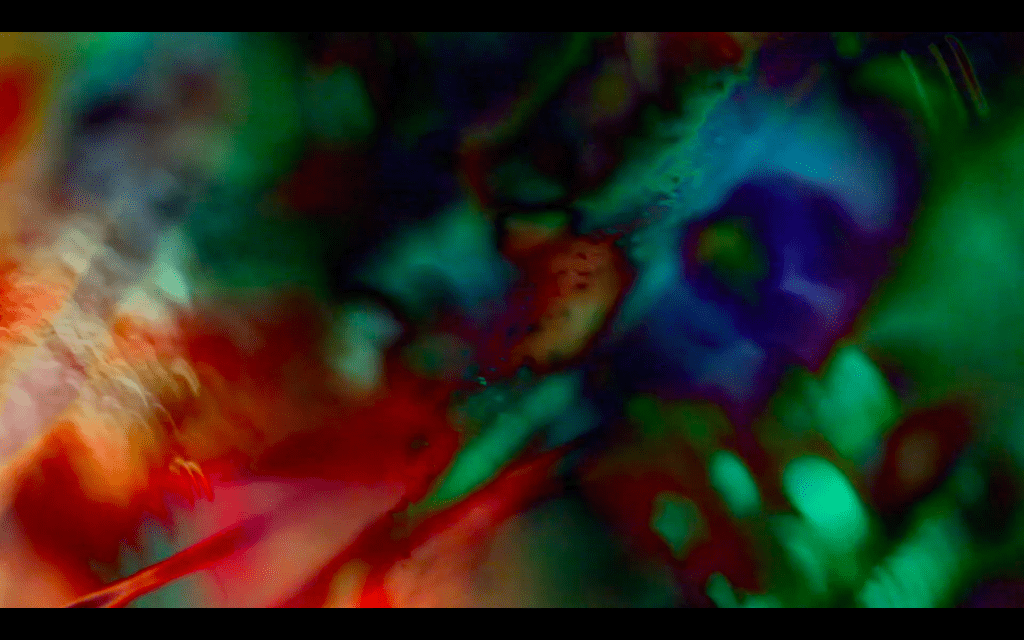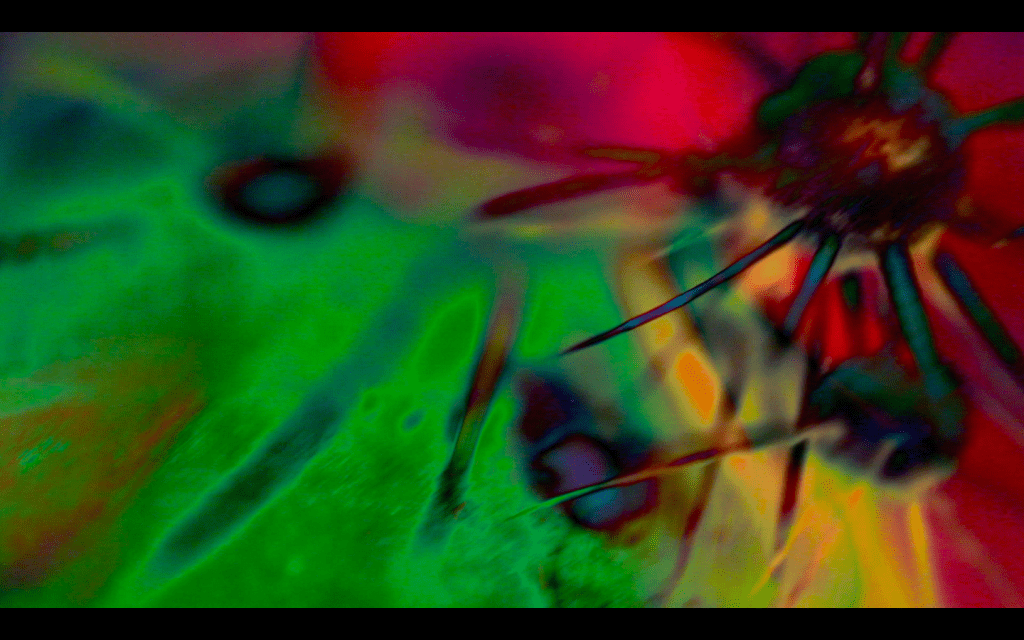Pitaya
Metaphors on Vision
Imagine an eye unruled by man-made laws of perspective, an eye unprejudiced by compositional logic, an eye which does not respond to the name of everything but which must know each object encountered in life through an adventure of perception. How many colors are there in a field of grass to the crawling baby unaware of “Green?” How many rainbows can light create for the untutored eye? How aware of variations in heat waves can that eye be? Imagine a world alive with incomprehensible objects and shimmering with an endless variety of movement and innumerable gradations of color. Imagine a world before the “beginning was the word.”
To see is to retain — to behold. Elimination of all fear is in sight — which must be aimed for. Once vision may have been given — that which seems inherent in the infant’s eye, an eye which reflects the loss of innocence more eloquently than any other human feature, an eye which soon soon learns to classify sights, an eye which mirrors the movement of the individual toward death by its increasing inability to see.
But one can never go back, not even in imagination. After the loss of innocence, only the ultimate of knowledge can balance the wobbling pivot. Yet I suggest that there is a pursuit of knowledge foreign to language and founded upon visual communication, demanding a development of the optical mind, and dependent upon perception in the original and deepest sense of the word.
Suppose the Vision of the saint and the artist to be increased ability to see– vision. Allow so-called hallucination to enter the realm of perception, allowing that mankind always finds derogatory terminology for that which doesn’t appear to be readily usable, accept dream visions, day-dreams or night-dreams, as you would so-called real scenes, even allowing that the abstractions which move so dynamically when closed eyelids are pressed are actually perceived. Become aware of the fact that you are not only influenced by the visual phenomenon which you are focused upon and attempt to sound the depths of all visual influence. There is no need for the mind’s eye to be deadened after infancy, yet in these times the development of visual understanding is almost universally forsaken.
This is an age which has no symbol for death other than the skull and bones of one stage of decomposition… and it is an age which lives in fear of total annihilation. It is a time haunted by sexual sterility yet almost universally incapable of perceiving the phallic nature of every destructive manifestation of itself. It is an age which artificially seeks to project itself materialistically into abstract space and fulfill itself mechanically because it has blinded itself to almost all external reality within eyesight and to the organic awareness of even the physical movement properties of its own perceptibility. The earliest cave paintings discovered demonstrate that primitive man had a greater understanding than we do that the object of fear must be objectified. The entire history of erotic magic is one of posession of fear thru holding it. The ultimate searching visualization has been directed toward God out of the deepest possible human understanding that there can be no ultimate love where there is fear. Yet in this contemporary time how many of us struggle to deeply perceive our own children?
The artist has carried the tradition of vision and visualization down through the ages. In the present time a very few have continued the process of visual perception in its deepest sense and transformed their inspirations into cinematic experiences. They create a new language made possible by moving picture image. They creatie where fear before them has created the greatest necessity. They are essentially preoccupied by and deal imagistically with — birth, sex, death, and the search for God.
by Stan Brakhage



